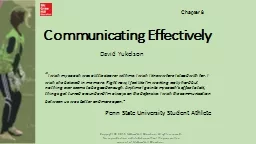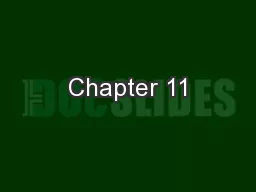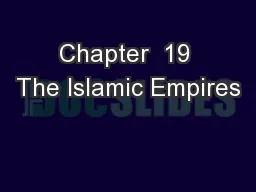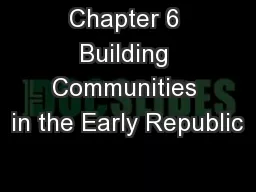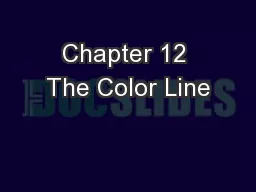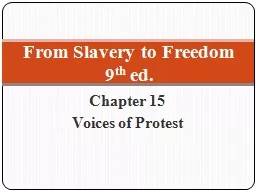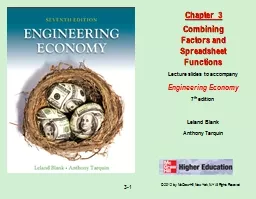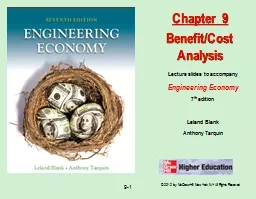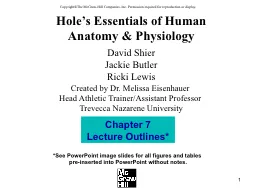PPT-© 2012 by McGraw-Hill, New York, N.Y All Rights Reserved
Author : kittie-lecroy | Published Date : 2019-06-30
7 1 Lecture slides to accompany Engineering Economy 7 th edition Leland Blank Anthony T arquin Chapter 7 Rate of Return One Project 2012 by McGrawHill New York
Presentation Embed Code
Download Presentation
Download Presentation The PPT/PDF document "© 2012 by McGraw-Hill, New York, N.Y ..." is the property of its rightful owner. Permission is granted to download and print the materials on this website for personal, non-commercial use only, and to display it on your personal computer provided you do not modify the materials and that you retain all copyright notices contained in the materials. By downloading content from our website, you accept the terms of this agreement.
© 2012 by McGraw-Hill, New York, N.Y All Rights Reserved: Transcript
Download Rules Of Document
"© 2012 by McGraw-Hill, New York, N.Y All Rights Reserved"The content belongs to its owner. You may download and print it for personal use, without modification, and keep all copyright notices. By downloading, you agree to these terms.
Related Documents


